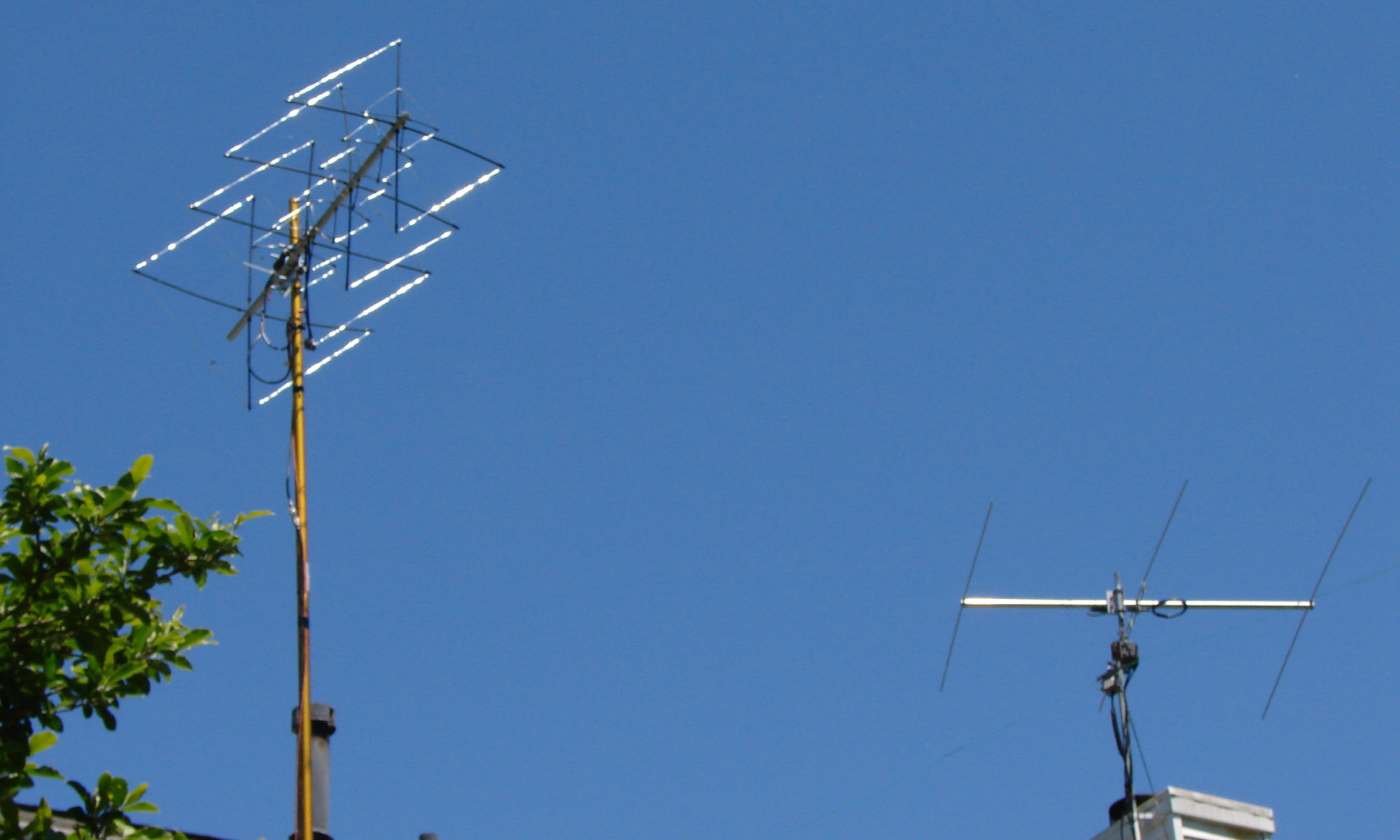A summary of radiosport topics for the casual contester
As we enter the new year, our calendars start to fill up with contesting opportunities. There are hundreds of contests each year, some of which are bound to be of interest to almost any ham.
The first general-interest contest of the year is the ARRL RTTY Roundup. A classic for decades, the RTTY Roundup now includes all digital modes, so it will be attractive to newer hams and anyone else who has been bitten by the FT8 bug. The rules allow entries for RTTY-only, digital modes only (all other modes besides RTTY – this would include PSK31, Olivia and JT9 as well), or mixed-mode. So, tune up your sound card interface and get on the air the weekend of January 8 and 9. The contest starts at 1800z Saturday (1pm Eastern Standard Time) and continues until 2400z Sunday.
The semiannual runnings of the North American QSO Party take place in January. The NAQP, sponsored by the ARRL magazine National Contest Journal, are fast-moving, casual-friendly contests that take place over a 12-hour time span on Saturday, so they don’t tie up your entire weekend. Single ops can operate ten out of the twelve hours, and this year there’s a single-op assisted category, so you can use spotting assistance and not get pushed into the Multi-Two category. The power limit is 100 watts, so everyone’s on even footing. CW takes place January 15, and SSB is January 22. A RTTY NAQP takes place in February. An added feature of the winter SSB and RTTY events is the Collegiate HF Championship, an overlay competition for college clubs requiring all operating be done by student club members, so you will hear contesters of the future giving it a go. Exchange is name and state. It’s a great way to make progress toward Worked All States or other operating awards.
The weekend of January 15 shares time with the ARRL January VHF contest, which actually takes place on all bands above 50 MHz. Ops exchange their Maidenhead grid square. There’s a multitude of operating categories and modes, including FM simplex, so anyone can make contacts and submit a log. New this year is a change in the “rover” category – no longer must a rover operate from more than one grid square, so you can be a rover without having to drive far.
The month ends with the CQ 160-Meter CW contest. Top band operators will be plentiful during the 48-hour period from 2200z Friday to 2200z Sunday. The SSB running is the last weekend in February to wrap up the topband season.
A contest tip
Your transmit power and receive signals undoubtedly pass through the ubiquitous PL-259 connector found nearly everywhere in ham radio equipment and antennas. The PL-259 (Amphenol’s part number is 83-1SP), also known as a UHF connector, has been around for decades and is just as misunderstood as ever. Signal losses are bound to result if the connectors are not employed correctly. Some basic things to watch out for:
- Make sure that the center pin mating force is sufficient. The plug should require a bit of force to insert into the jack. If it slides in too easily, it may not be making good contact.
- A good ground connection is important. The connection is made by the face-to-face mating of the plug and the jack. First, be sure that the shield is properly bonded to the plug body, either with solder or crimp. Then, insert the plug all the way, make sure that the triangular bump on the plug’s ground body fits into the triangular notches on the jack. Then, tighten the plug as far as you can with finger force, then take a pair of pliers and crank it in another quarter turn or so. You’ll get better performance and reduce the chances of RFI in the shack.
- PL-259s are not water tight, so some form of weatherproofing is essential when installed outdoors. I like to wrap the assembled connection first with good electrical tape, such as 3M #35, then overwrap it with a linerless rubber splicing tape such as 3M #130C. Avoid super-sticky tapes and sealants like “coax seal” and others that are nearly impossible to remove cleanly.
Calendar
All dates are UTC, which means that some events take place the prior evening in North America.
- January 1 – Straight Key Night and ARRL Kids’ Day
- January 8-9 ARRL RTTY Roundup and SKCC Weekend Sprintathon
- January 15-16: NCJ North American QSO Party, CW
- January 15-16: ARRL January VHF Contest
- January 20: NAQCC monthly QRP sprint
- January 22-23: NAQP SSB and Collegiate HF Championship
- January 27: NAQCC 160-meter QRP sprint
- January 28-30: CQ 160-meter CW Contest
- January 29-30: Winter Field Day
- Every Tuesday: Phone Fray, 30 minute SSB quickie
- Every Wednesday: CWops Mini-CWT, four one-hour CW sprints throughout the day
- Every Friday and Sunday: K1USN CW Slow Speed Tests – speeds max out at 20 wpm
There are dozens more smaller contests each month. Check WA7BNM’s Contest Calendar for a complete listing.
